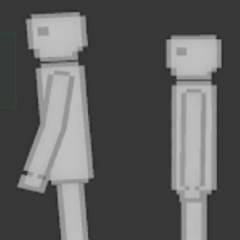Seasons of Loss tells the story of a student named Satoshi, whose quiet routine begins to fracture as the year unfolds. The game follows a seasonal structure, with each chapter tied to a time of year that mirrors changes in the characters’ emotions and relationships. Through everyday moments, unexpected events, and subtle dialogue choices, the game gradually reveals deeper tensions. Satoshi’s connections with those around him grow more complicated, challenging the player to consider how simple decisions can have lasting effects on personal bonds.
Player Input and Narrative Impact
The gameplay centers around reading character interactions and selecting responses during key moments. These choices determine how Satoshi’s story progresses and how other characters respond in future scenes. Some outcomes are immediate, while others unfold over time, tied to previously overlooked moments. The player’s attention to tone, timing, and empathy becomes essential to steering the narrative in one direction or another. This mechanic encourages replaying scenes to explore how alternate choices could shift dynamics or reveal hidden storylines.
Visual Tone and Storytelling Approach
Seasons of Loss features clean 2D visuals that evolve with each chapter, using the changing environment—falling leaves, snow-covered streets, spring colors—as a narrative tool. The subdued art style and limited animation keep focus on dialogue and mood rather than spectacle. The game is rooted in themes like isolation, hesitation, and quiet resilience, often using silence as a storytelling device. Through its grounded pace and branching design, it creates a reflective space where players explore how time, memory, and small choices shape relationships over the course of a year.






























